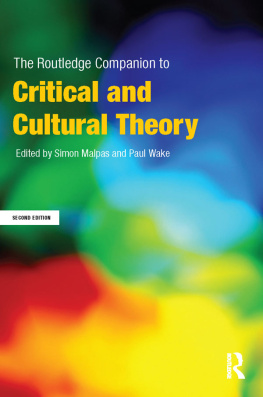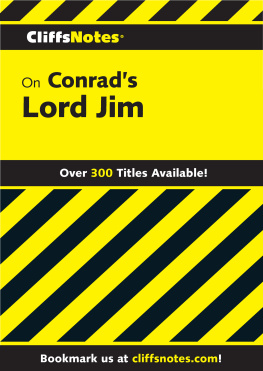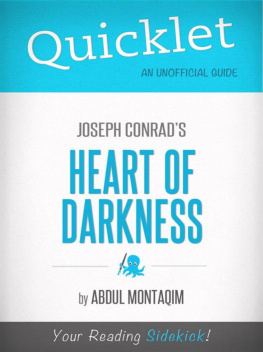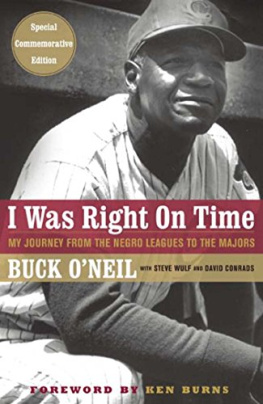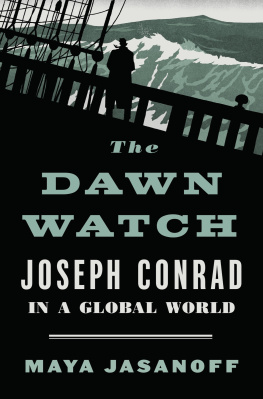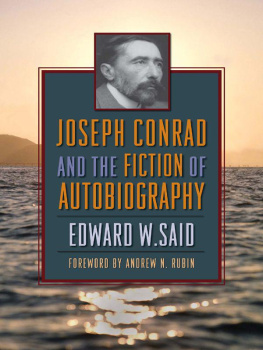Copyright Paul Wake 2007
The right of Paul Wake to be identified as the author of this work has been asserted by him in accordance with the Copyright, Designs and Patents Act 1988.
Published by Manchester University Press
Oxford Road, Manchester M13 9NR, UK
and Room 400, 175 Fifth Avenue, New York, NY 10010, USA
www.manchesteruniversitypress.co.uk
Distributed exclusively in the USA by
Palgrave, 175 Fifth Avenue, New York,
NY 10010, USA
Distributed exclusively in Canada by
UBC Press, University of British Columbia, 2029 West Mall,
Vancouver, BC, Canada V6T 1Z2
British Library Cataloguing-in-Publication Data
A catalogue record for this book is available from the British Library
Library of Congress Cataloging-in-Publication Data applied for
ISBN 978 0 7190 7490 5
First published 2007
16 15 14 13 12 11 10 09 08 07 10 9 8 7 6 5 4 3 2 1
Typeset
by Florence Production Ltd, Stoodleigh, Devon
Printed in Great Britain
by Biddles Ltd, Kings Lynn
Acknowledgements
Its only those who do nothing that make no mistakes, I suppose. (Joseph Conrad, An Outcast of the Islands)
My first debt of gratitude is to Simon Malpas who I would like to thank for his supervision of this work in its early stages and for his unfailingly optimistic support and encouragement throughout. I would also like to record my thanks to Barry Atkins, Margaret Beetham, Michael Bell, Tanya Gokulsing and Kate McGowan who all read and commented on parts of the manuscript, and to Laurence Coupe for bringing a number of useful articles on Hermes to my attention.
I am grateful to my colleagues at the Department of English at Manchester Metropolitan University for their kind support over the past years, to the English Research Institute for the research post that allowed me some time at a crucial stage in my work, and to Mary Garland for her tireless and meticulous proofreading. Thanks are also due to those members of the Joseph Conrad Society who responded so generously to a conference paper that would later be incorporated into the third chapter, to my editor at Manchester University Press, and to MUPs two anonymous readers for their most helpful comments on early drafts of my work.
Finally, I offer my thanks to my family who have been immensely supportive as always, and to Christine Kessler to whom this book is dedicated.
Preface
That was how it began. How it was that it ended as we know it did end, is not so easy to state precisely. (Joseph Conrad, Victory)
Conrads Marlow: Narrative and Death in Joseph Conrads Youth, Heart of Darkness, Lord Jim and Chance
As the title of this book makes clear, this is a study of Joseph Conrads narrator-character Marlow who is introduced properly in the first chapter. In the meantime, the subtitle, Narrative and Death in Joseph Conrads Youth, Heart of Darkness, Lord Jim and Chance, indicates the trajectory that this investigation will follow. Through a series of close readings of Conrads four Marlow texts, each of which will be discussed in a chapter of its own, this study explores the relation between narrative and death and the ways in which this relationship impacts on our readings of Conrads fiction. The Marlow texts, which are not only littered with death, both literal and figurative, but whose very structure evinces a concern with questions of narration, provide the ideal ground for an investigation with such a double concern. In this analysis Marlow, who frequently traverses the border between narrator and character, becomes the key figure affording useful reflection on the process of narrating which, in this study, is conducted at the philosophically problematic border, or more properly the limit, between life and death.
The structure of this volume
No book-length study of Conrads work, and certainly not one that takes as its object the four texts narrated by Marlow, can sensibly proceed without entering into a dialogue of some kind with the vast amount of Conrad scholarship that it follows and this one is no exception. In the case of Charlie Marlow this body of work includes Bernard J. Pariss recent monograph Conrads Charlie Marlow (2005) which, by taking a psychological approach to Marlow, reveals a very different aspect of Conrads narrator to that considered here, and a far larger number of shorter studies, a number of which have been collected in Harold Blooms Marlow (1992). In addition to the diverse body of criticism that takes Marlow as its subject, there are a far larger number of studies of Conrads work in general that offer insightful comment on a character who is quite probably the most famous of Conrads literary creations. Notable examples of these that are picked up in this study include, and this list is by no means exhaustive; Peter Brookss Reading for the Plot, Anthony Fothergills Heart of Darkness, Jeremy Hawthorns Joseph Conrad: Narrative Technique and Ideological Commitment, Susan Joness Conrad and Women, Jakob Lothes Conrads Narrative Method, J. Hillis Millers Poets of Reality, and Ian Watts Conrad in the Nineteenth Century.
These texts are mentioned here not just in an attempt to offer an acknowledgement of my sources, although it does of course serve this purpose, but also to indicate that my intention in this volume is to stage a series of interventions into some of these important, and still vital, critical debates. At no point is this an exercise in the finding and setting up of straw men (or women), instead my reading of Marlow operates through the interrogation of the positions that he occupies in these earlier readings with the intention of both furthering the understanding of Conrads use of this character and of reflecting on the critical practices that take him as their object. In this my study deliberately adopts the methodology of Paul Ricoeurs hermeneutics, which is discussed in the introductory chapter, by following his suggestion that any interpretative endeavour must start with certain presuppositions, and that the interpretative process itself must involve recognising the position from which it begins. In this I follow, and concur with, Fothergill who, noting how readily metaphors used to describe critical practice density, getting to the heart of, penetrating to the core, casting light on mimic many of the gestures we discover in Conrads story itself, advises that as readers of Heart of Darkness we should try to be as aware as possible of our own (and others) critical procedures as we go along.and that of his critics, is approached here in relation to the work of Walter Benjamin, Jacques Derrida, Grard Genette and Frank Kermode, all of whom will be familiar in the context of Conrad studies, along with that of Maurice Blanchot, G.W.F. Hegel, Martin Heidegger and Paul Ricoeur, whose work is perhaps less readily associated with Conrads but which, having found useful application in other areas of literary studies, will no doubt be familiar to many readers.


